Metal casting is a process of smelting a metal into a liquid that meets certain requirements and pouring it into a mould. After cooling and solidifying and finishing, a casting with a predetermined shape, size and performance is obtained. Because the casting blank is almost formed, the purpose of avoiding machining or small amount of machining reduces the cost and time to a certain extent. Casting is one of the basic processes of modern machinery manufacturing industry.
Metal casting methods are customarily divided into:
Sand casting, die casting, permanent mold casting or gravity casting or Low pressure casting, investment casting or lost wax casting, Centrifugal casting……Now let’s check the advantage and disadvantages of some metal casting methods , learn together.
1. Sand casting
The basic raw materials for making sand moulds are foundry sand and sand binder. The most commonly used foundry sand is siliceous sand. When the high temperature performance of silica sand cannot meet the requirements for use, special sands such as zircon sand, chromite sand, and corundum sand are used. The most widely used sand binder is clay, and various dry or semi-dry oils, water-soluble silicates or phosphates, and various synthetic resins can be used as the sand binder. The outer sand mold used in sand casting is divided into three types: clay wet sand mold, clay dry sand mold, and chemically hardened sand mold according to the binder used in the molding sand and the way to build strength.
Advantage:
Clay is rich in resources and cheap. Most of the used clay wet sand can be recovered and reused after proper treatment; the cycle for making molds is short and the work efficiency is high; the mixed sand can be used for a long time; Small pieces, large pieces, simple pieces, complex pieces, single pieces, large quantities can be used;
Disadvantages and limitations:
Because each sand casting mould can only be poured one time, the casting mould is damaged after obtaining the casting and must be reshaped, so the production efficiency of sand casting is low; the rigidity of the casting mould is not high, and the dimensional accuracy of the casting is poor; Defects such as sand washing, sand inclusion, air holes, etc.
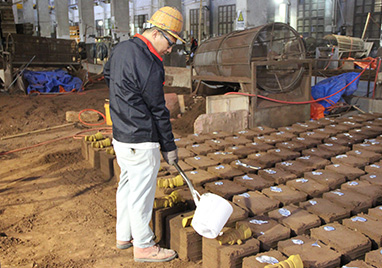
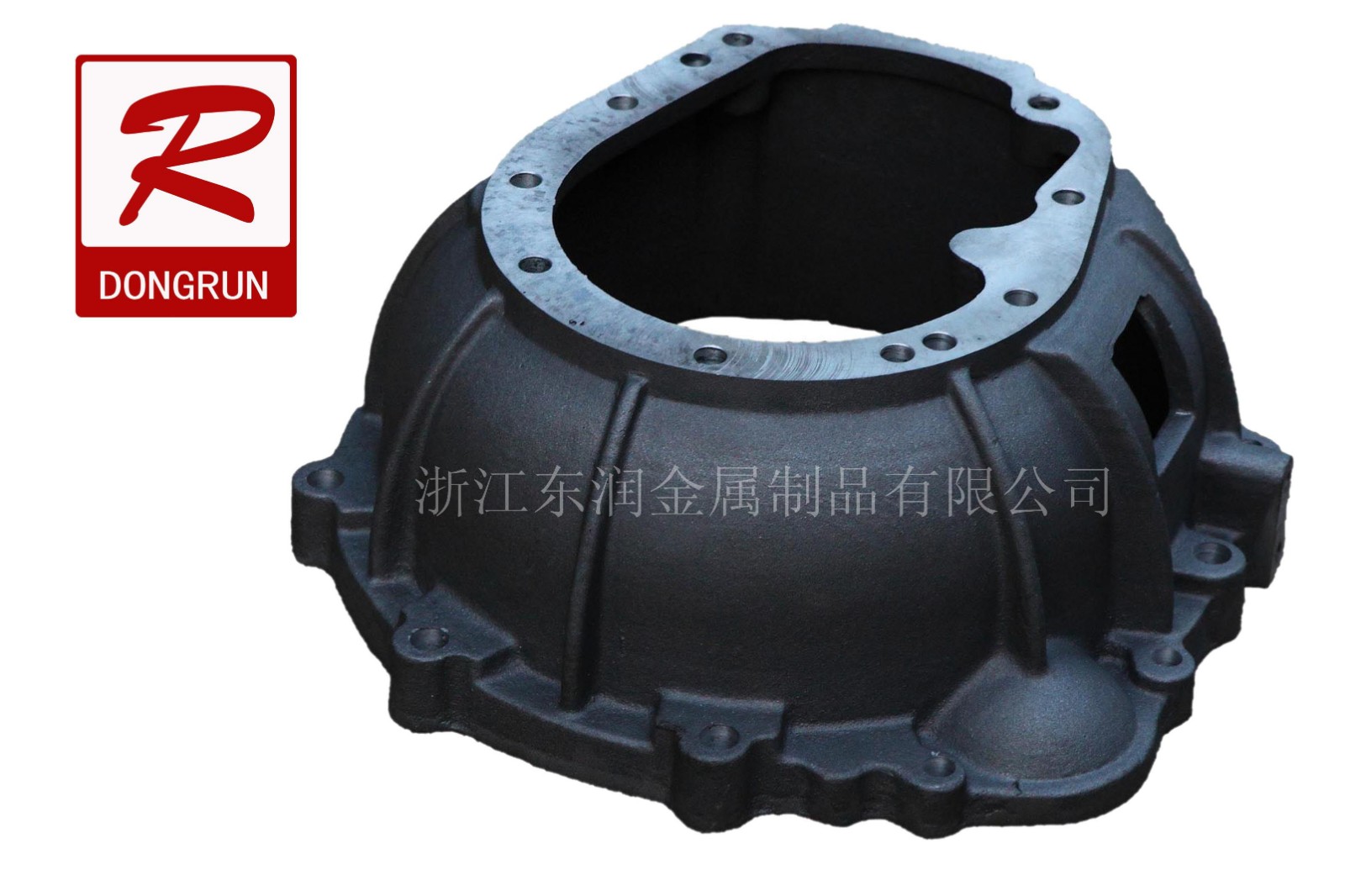
2. Investment Casting
When using wax to make patterns, investment casting is also called "lost wax casting". Investment casting usually refers to making patterns in fusible materials, covering the surface of the pattern with several layers of refractory materials, and then melting the pattern out of the mold shell to obtain a mold without a parting surface. After high temperature baking can be sand-filled casting scheme. Because the pattern is widely made of waxy materials, investment casting is often referred to as "lost wax casting". The types of alloys that can be produced by investment casting are carbon steel, alloy steel, heat-resistant alloy, stainless steel, precision alloy, permanent magnet alloy, bearing alloy, copper alloy, aluminum alloy, titanium alloy, and nodular cast iron.
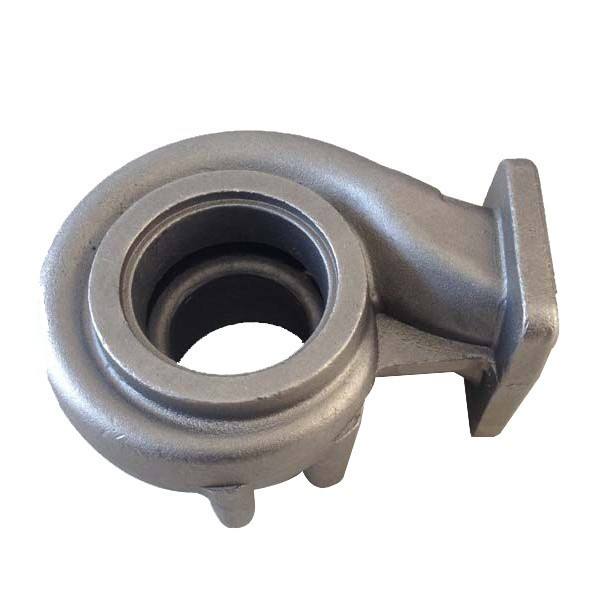
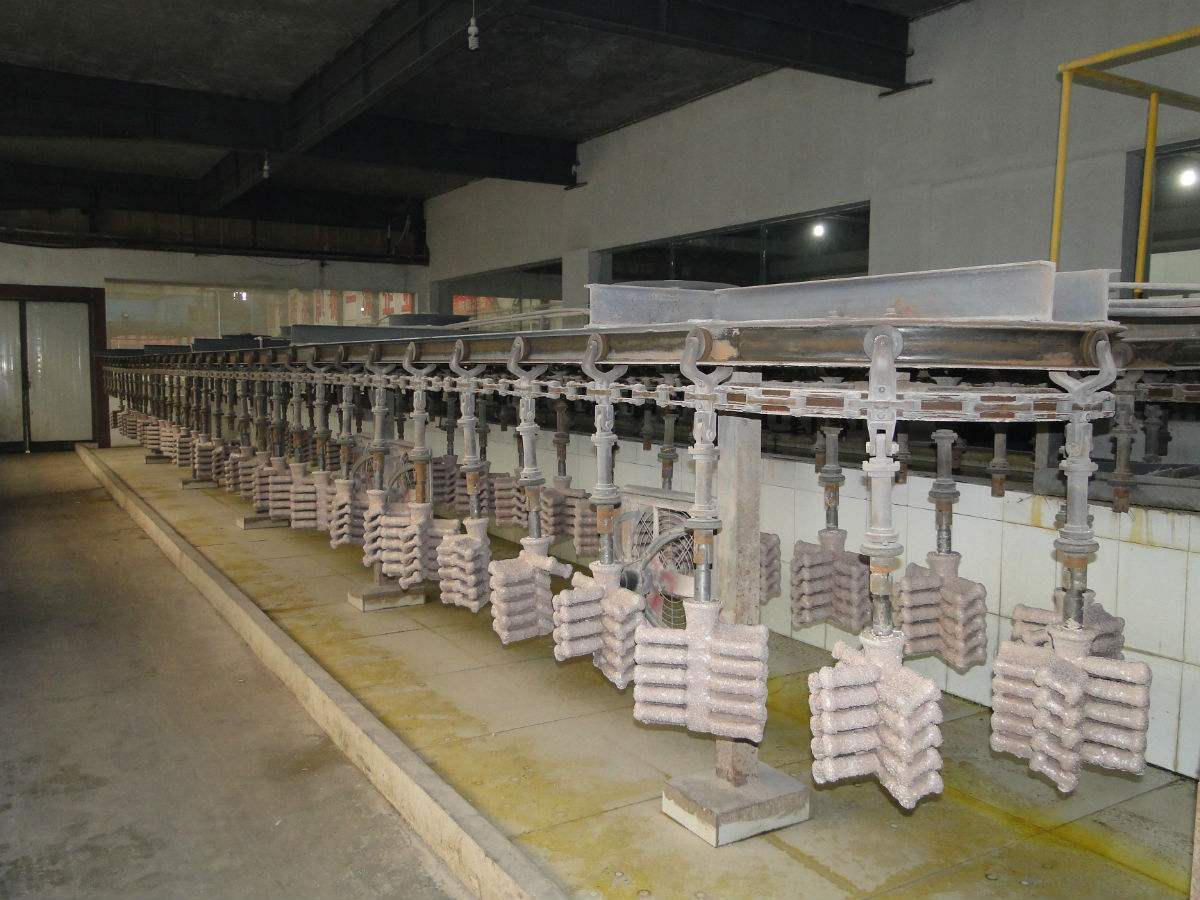
Advantage:
High dimensions accuracy. Generally can reach CT4-6 (CT10 ~ 13 for sand casting and CT5 ~ 7 for die casting); it can improve the utilization rate of metal materials. Investment casting can significantly reduce the amount of processing of the product's forming surface and mating surface, save the consumption of cutting table materials and cutting tool materials; can maximize the similarity between the blank and the part, and bring great benefits to the structural design of the part. Convenience. Casting castings with complex shapes Investment casting can cast castings with very complicated shapes, castings with wall thickness of 0.5mm and weight as small as 1g, and can also cast combined and integral castings; it is not restricted by alloy materials. Investment casting can cast carbon steel, alloy steel, ductile cast iron, copper alloy and aluminum alloy castings, as well as castings of high-temperature alloys, magnesium alloys, titanium alloys and precious metals. For alloy materials that are difficult to forge, weld, and cut, it is particularly suitable for casting by precision casting; high production flexibility and adaptability. Investment casting is suitable for both mass production, small batch production and even single piece production.
Disadvantages and limitations:
The size of the casting must not be too large. The casting process is complicated and the cooling rate is slow. Investment casting is the most complex of all blank forming methods, and the cost of castings is also high. However, if the product is selected properly, the part design is reasonable, and the high casting cost is compensated by reducing cutting, assembly and saving metal materials. Then investment casting has good economy.
3. Die-casting
The principle of the die casting process is to use high pressure to press the metal liquid into a precision metal mold cavity at high speed, and the metal liquid is cooled and solidified under pressure to form a casting. Cold and hot chamber die castings are two basic ways of die casting process. In the cold chamber die casting, the metal liquid is poured into the pressure chamber by a manual or automatic pouring device, and then the injection punch is advanced to hydraulically press the metal into the cavity. In the hot-chamber die casting process, the pressure chamber is perpendicular to the crucible, and the metal liquid automatically flows into the pressure chamber through the feeding port on the pressure chamber. The injection punch moves downwards, pushing the molten metal through the gooseneck into the cavity. After the molten metal solidifies, the die-casting mold is opened, and the casting is taken out to complete a die-casting cycle.
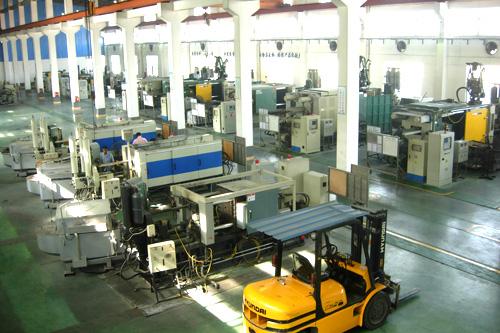
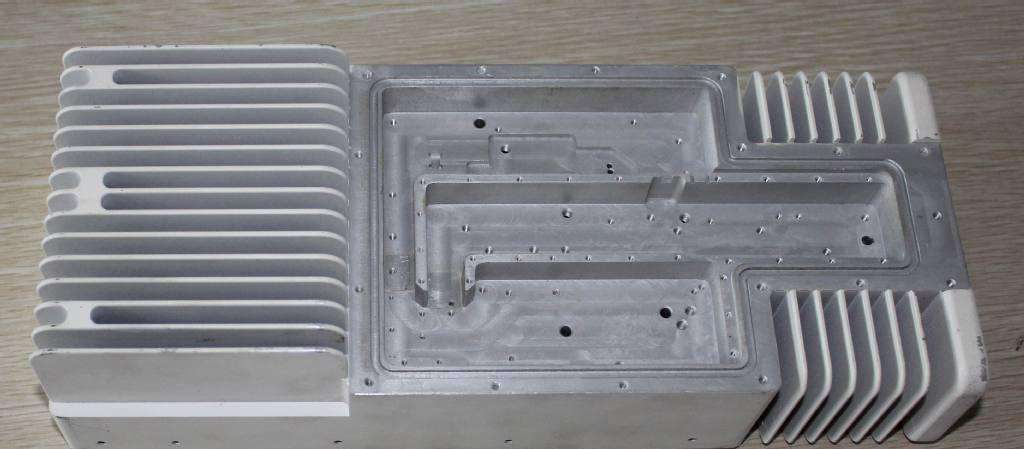
Advantage:
Product quality is good. The castings have high dimensional accuracy, which is generally equivalent to 6 ~ 7, or even up to 4; the surface finish is good, generally equivalent to 5 ~ 8; the strength and hardness are higher, and the strength is generally 25 ~ 30% higher than that of sand casting, but the extension The rate is reduced by about 70%; the size is stable and the interchangeability is good; it can die-cast thin-walled complex castings; and the production efficiency is high. The machine can do die-cast 3,000 to 7000 times every eight hours on average. The life of the die-casting mold is long. One pair of die-casting molds and die-casting bell alloys have a service life of hundreds of thousands of times, even millions of times. It is easy to realize mechanization and automation. Excellent economic results. Due to the precise dimensions of the die-casting parts, the surface is smooth and smooth. Generally no longer use mechanical processing and use directly, or the processing volume is small, so it not only improves the metal utilization rate, but also reduces a large number of processing equipment and man-hours; the price of castings is easy; combined die casting can be used for other metal or non-metal materials . Save both assembly man-hours and metal.
Disadvantages and limitations:
During die casting, due to the high speed of the liquid metal filling cavity and the unstable flow state, the general die casting method is easy to produce pores and cannot be heat treated. For intricate concave castings, die casting is more difficult; high melting point alloys (such as copper, black Metal), the life of the die-casting mold is low; it is not suitable for small batch production, mainly due to the high cost of die-casting mold manufacturing, high production efficiency of the die-casting machine, and small batch production is not economical.
4. Metal mold casting
Also known as permanent mold casting, it is a casting method in which liquid metal is poured into a metal mold to obtain a casting. The mold is made of metal and can be used repeatedly (hundreds to thousands of times), also known as permanent casting. Generally, metal molds are made of cast iron and cast steel. The inner cavity of the casting can be either a metal core or a sand core. There are many types of metal types, such as horizontal type, heavy straight type, and composite type. The vertical parting is convenient for opening the gate and taking out the castings; the horizontal parting is mostly used to produce thin-walled wheel-shaped castings; the upper part of the composite parting is formed by the two parts of the vertical parting using hinges, and the lower part It is a fixed horizontal bottom plate, mainly used in the casting of more complex castings.
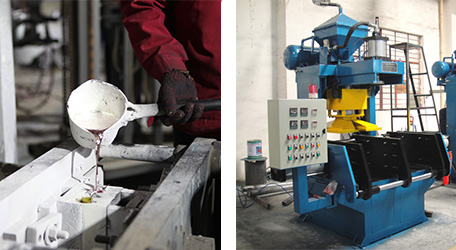
Advantage:
It has good reusability and can be used for "one mold and multiple castings", saving modeling materials and man-hours. Due to the strong cooling ability of the metal mold to the casting, the structure of the casting is dense and the mechanical properties are high. The dimensional accuracy of the casting is high, the tolerance grade is IT12 ~ IT14; the surface roughness is low, and Ra is 6.3m. Metal mold casting does not use sand or less sand, which improves working conditions.
Disadvantages and limitations:
Metal molds have high manufacturing costs, long cycles, and strict process requirements. They are not suitable for the production of single-piece small-lot castings. They are mainly suitable for large-scale production of non-ferrous alloy castings, such as aluminum pistons for aircraft, automobiles, internal combustion engines, motorcycles, Cylinder blocks, cylinder heads, oil pump casing and copper alloy bearing bush, bushing, etc. For black alloy castings, it is also limited to small and medium-sized castings with simpler shapes.
ZheJiang Dongrun Casting Industry Co,.Ltd was built in 1995, We have
been in the casting industry for more than 25 years. No matter what type
of molding you need done, we are the right supplier for your jobs.
Unlike other of our competition, we offer four types of castings.
Dongrun Casting have 20000 square meters facility houses and 200 production & test equipment, From quotation and tooling design to casting and finished machining, we can work with you at every stage. We serves wide range of industries-from Fortune 500 corporations to small and midsize OEMs. Our products includes:
❖ HVAC | ❖ Architectural parts |
